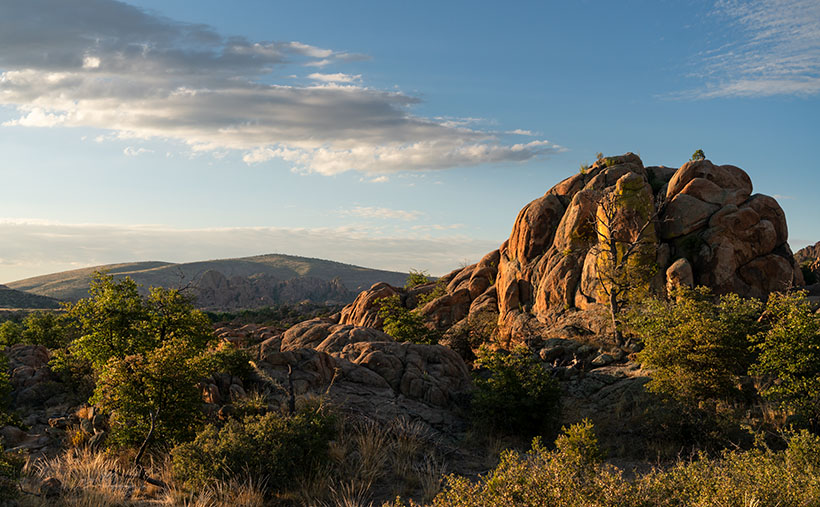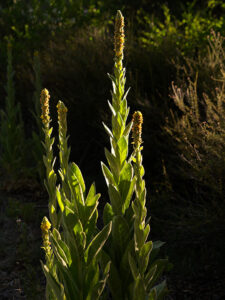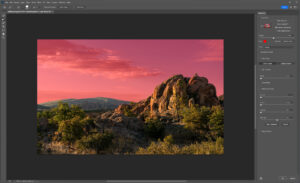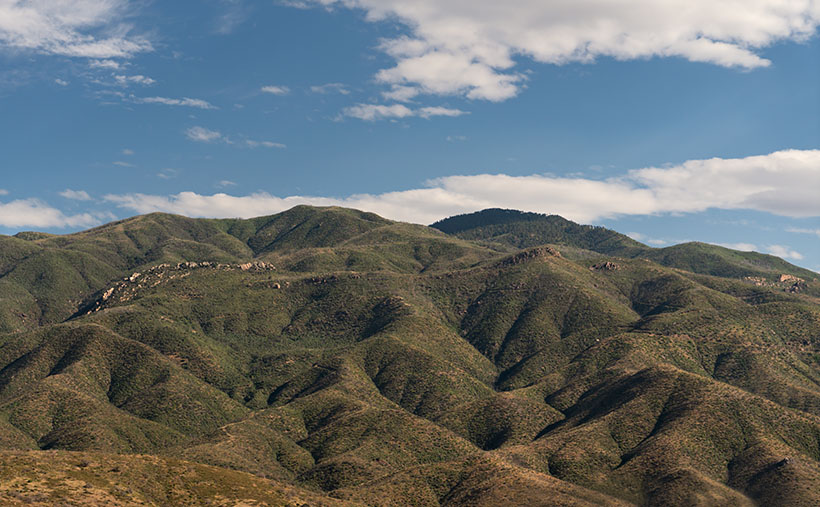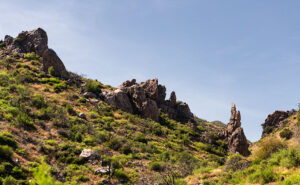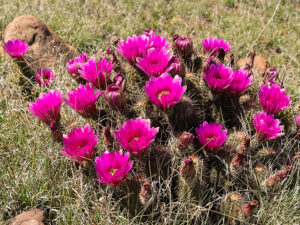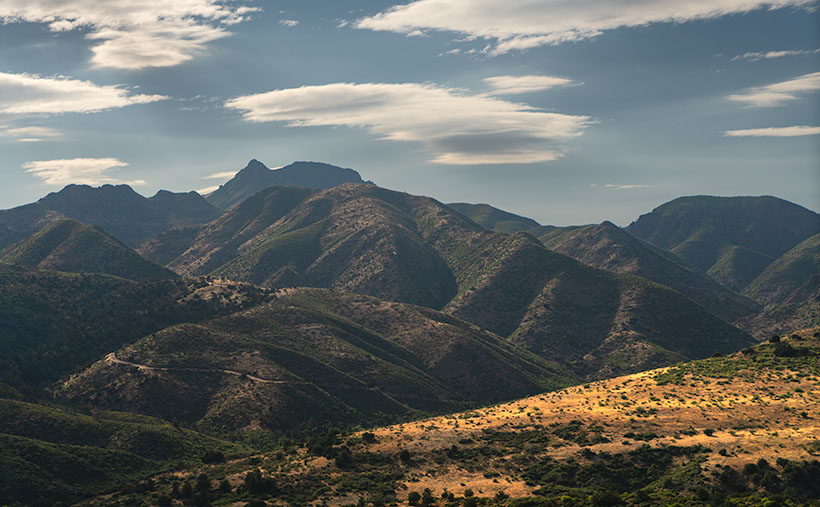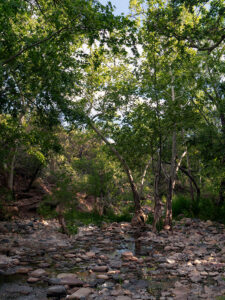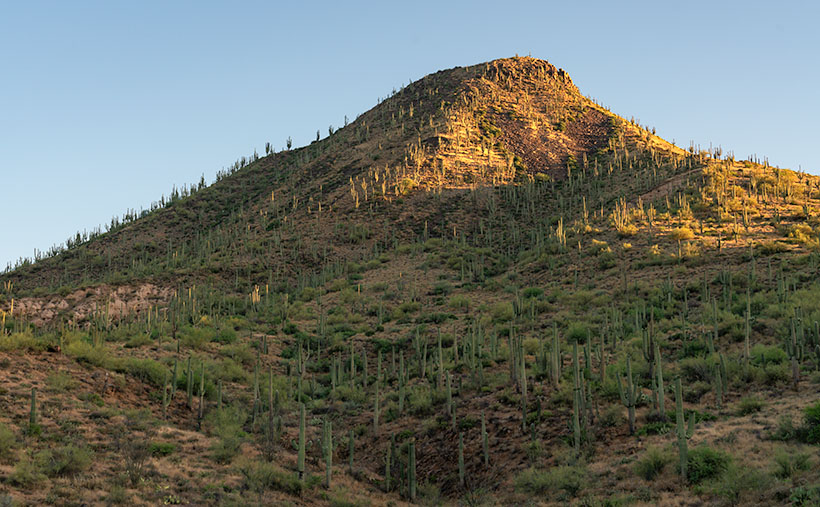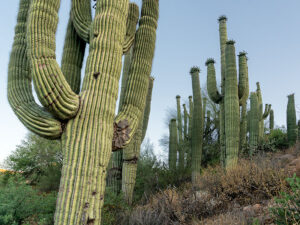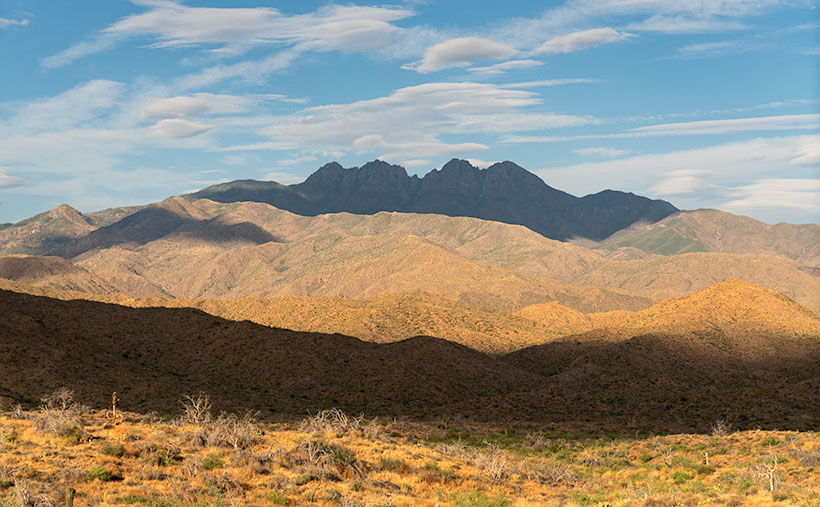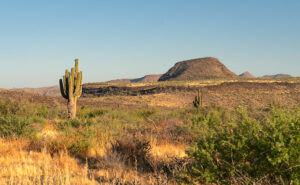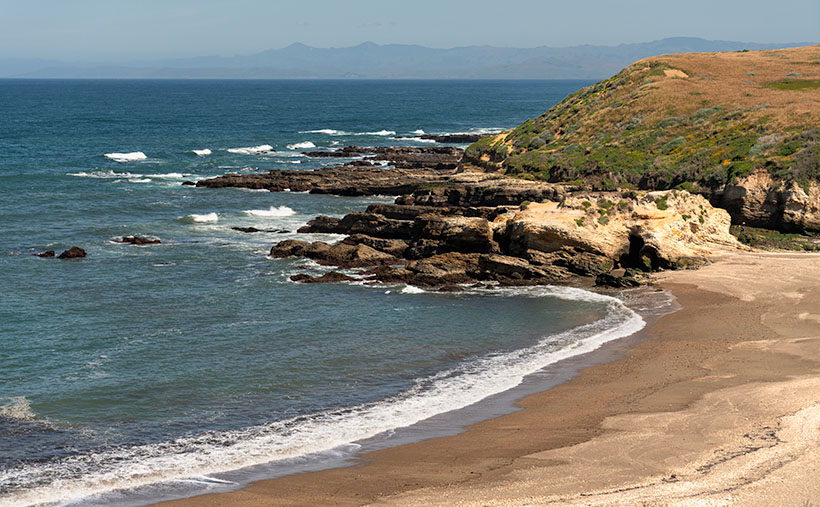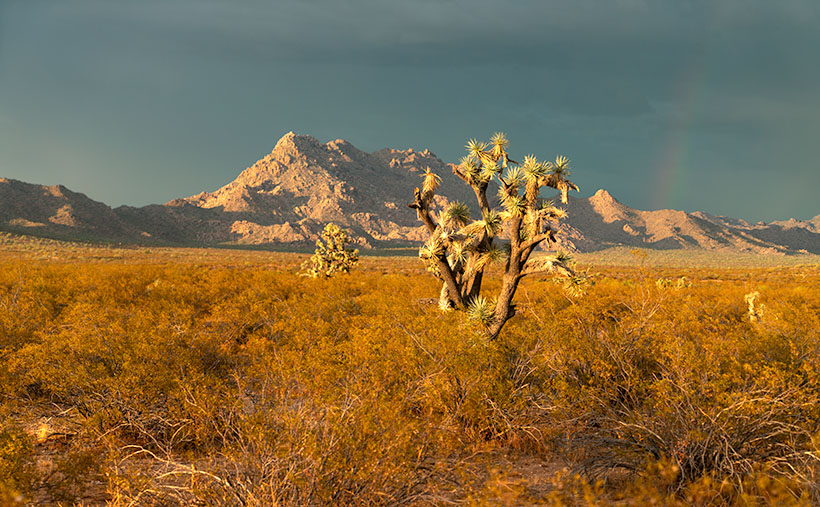
In last week’s US 93 escapade, I put the pedal to the metal, racing the encroaching dark clouds to bask in the vanishing golden hour. I even detoured to Burro Creek campgrounds, where the only thing I found was…more clouds. Alas, as soon as I wrapped up my Burro Creek pit stop, those looming clouds won the race, swallowing the sun whole.
Disappointed, I set aside my camera’s relentless search for that perfect shot and started a leisurely drive home. No rush, right? Queen Anne was busy wallowing in precious metals at the jewelry store with her gal-pals, and I had miles of asphalt ahead of me. Soon enough, the highway carried me through the Joshua Tree Parkway, and then it began—Arizona’s version of ‘will it or won’t it’—raining from the sky.
Yes, this arid state has two kinds of summer rain. First, there’s the gully washer, the frog strangler, the cob-floater, a torrential rain that I can’t even see the house across the street. This type of downpour is the VIP guest that shows up uninvited, fills up the washes, and turns rattlesnakes into accidental Olympians. You should see them. Snorkels on their snouts, doing the backstroke like they’re auditioning for ‘Snakes on a Swim Team.’
Then there’s the other kind, today’s specialty: a rain so indecisive it could give Hamlet a run for his money. It’s like the weather gods couldn’t agree, and we get this annoying drizzle that teeters on the edge of being useful. You find yourself in this wiper-limbo, perpetually toggling between ‘kinda need it’ and ‘oh, the horror of that screeching noise.’ The local washes don’t even bother to fill up; rattlesnakes smirk and break out their snorkels for practice laps, just waiting for the next aquatic extravaganza.
Just when I was about to award myself the title of ‘Arizona’s Rain Philosopher,’ the universe decided to show off. The sun, ever the dramatic artist, slipped beneath the heavy cloak of the western clouds, making a brief but stunning encore. It was as if it said, ‘You thought I was done for the day? Hold my solar flare.’ And just like that, the golden hour was back on stage for its final act.
Dodging highway traffic and raindrops, I perched myself by a barbed-wire fence to capture what I’ve aptly named Storm-Lit Skies Over Date Creek Range. The Joshua Trees pop like jack-in-the-boxes from a golden sea of creosote, crowned by the glowing Castle Rock. For the eagle-eyed among you, squint a little harder. A subtle rainbow makes a cameo on the right of the taller Joshua Tree.
If you’re squinting at this on your smartphone, do yourself a favor—upgrade to a bigger screen. Trust me, this photo deserves it. You can see the bigger versions by browsing my website [Jim’s Page] or checking out my Fine Art America gallery [FAA Page]. Do make sure to swing by next week. The best is yet to come.
Till next time
jw
Techniques: Capturing Storms: The Drama Before, During, and After
Grab your umbrellas and wellies because today, we’re talking storms. And I don’t mean the kind you have with your spouse over who left the toilet seat up. We’re diving into the cinematic, the dramatic, the eye-candy kind of storms that would have made even Ansel Adams pause and say, “Well, would you look at that!”
Ah, the golden hour. That ethereal moment before the sky erupts into a Van Gogh painting or descends into gloom. But have you ever tried capturing a storm during this time? The universe throws you a curveball, saying, “Hey, here’s beauty and chaos, all wrapped in a corn tortilla of opportunity.” Remember Ansel Adams’ Clearing Winter Storm? The dude knew when to click that shutter.
You might think, “Jim, storms are just wet messes! How am I supposed to capture that?” Ah, my dry-weather fans, this is where things get electrifying. Capturing lightning requires some specialized equipment or mad reflexes. But the results? They’re shockingly good.
The storm has passed, but don’t pack up that camera yet. The sky now looks like hungover clouds meandering aimlessly, bumping into mountains, and trying to remember where they parked their cumulus cars. The aftermath can offer as many Kodak moments as the storm itself.
So, the next time you see those dark clouds looming, don’t just think about whether you’ve left the laundry out. Think about the once-in-a-lifetime shots that could be waiting for you. Embrace the wild mood swings of Mother Nature. After all, when the weather can’t decide, it might just be helping you make up yours about that next epic shot.
Do you have any of your own storm-chasing or weather-defying photography tales? We’d love to hear them! Please share your stories in the comments below, and let’s swap some epic weather adventures.

